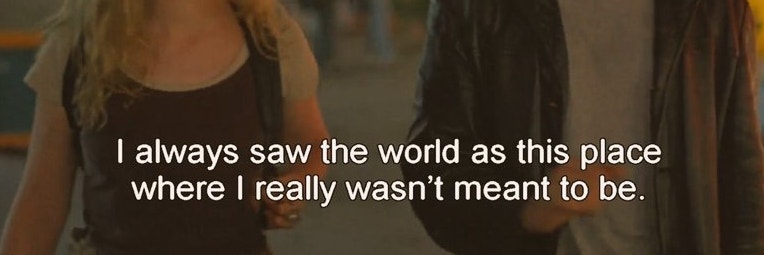


Interested in mathematics (homotopy theory, category theory, topos theory), programming languages and philosophy
This profile is from a federated server and may be incomplete. Browse more on the original instance.


Interested in mathematics (homotopy theory, category theory, topos theory), programming languages and philosophy
This profile is from a federated server and may be incomplete. Browse more on the original instance.